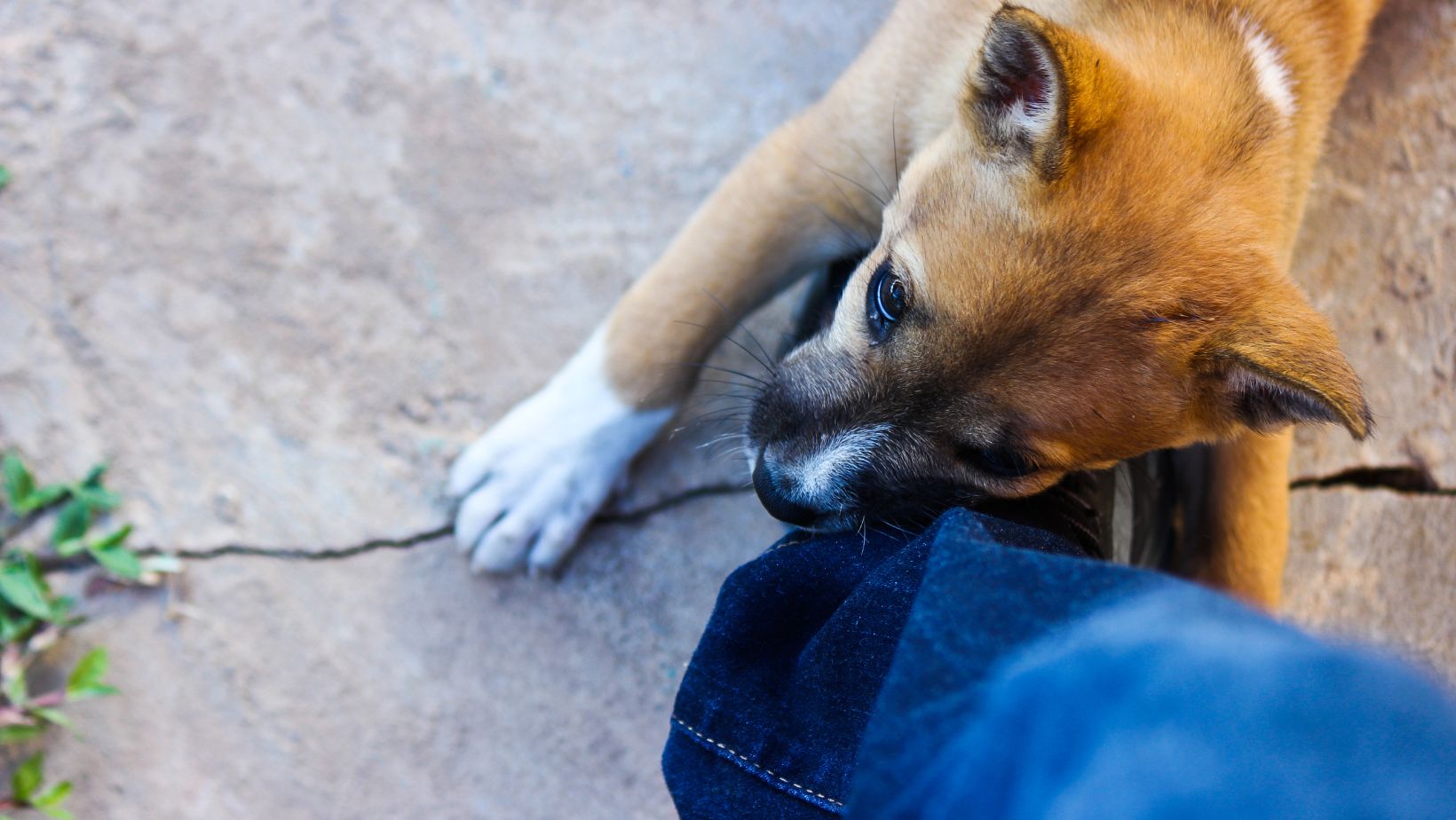Training a puppy to stop biting can be a challenging task for any pet owner. Puppies explore their world through their mouths, and this natural behavior often includes playfully nipping or biting. However, it’s important to teach them appropriate boundaries to prevent any harm or discomfort. In this article, I’ll share some alternative ways that have proven effective in training puppies to stop biting.
One effective method is redirecting your puppy’s attention toward appropriate chew toys or bones. Whenever your puppy starts to bite, gently remove your hand or body part from their mouth and replace it with an approved toy. This helps them learn what they should be chewing on instead of using their teeth on human skin.
Consistency is key when it comes to training a puppy. Establish clear rules and boundaries from the beginning and stick to them consistently. For instance, if your puppy bites during playtime, immediately stop the play session and withdraw your attention for a few moments. This teaches them that biting leads to the end of fun interactions.
How To Train My Puppy To Stop Biting
The Role of Positive Reinforcement in Puppy Training
When it comes to training your puppy, using positive reinforcement is key. This method involves rewarding desired behaviors instead of punishing unwanted ones. By focusing on positive reinforcement, you create a strong bond with your puppy based on trust and cooperation.
Positive reinforcement can take many forms, such as treats, praise, or playtime. For example, when teaching your puppy to sit, you can offer a treat immediately after they successfully follow the command. This reinforces the behavior and encourages them to repeat it in the future.
Teaching Bite Inhibition: A Crucial Skill for Puppies
One important aspect of puppy training is teaching bite inhibition. Puppies explore the world through their mouths and may naturally nip or bite during playtime. However, it’s crucial to teach them how to control their biting strength from an early age.
Bite inhibition involves teaching puppies not to bite hard or aggressively by using gentle feedback rather than punishment. When a young pup bites too hard while playing, you can yelp or say “ouch” in a high-pitched tone to mimic how another puppy would react if bitten too hard. This communicates that the bite was painful and encourages them to be more gentle next time.

Identifying the Reasons Behind Biting Behavior
Understanding the Root Causes of Biting in Puppies
When it comes to addressing biting behavior in puppies, it’s crucial to first understand the underlying reasons behind it. Puppies may bite for various reasons, and identifying these causes can help us develop effective training strategies.
One common cause of biting is teething. Just like human babies, puppies go through a teething phase where their baby teeth are replaced by adult teeth. During this period, they may experience discomfort and itchiness in their gums, leading them to chew and bite on objects—including our hands and feet. It’s important to recognize when a puppy is teething so that we can distinguish normal chewing behavior from aggressive biting.
Recognizing Normal Teething Behavior versus Aggressive Biting
Differentiating between normal teething behavior and aggressive biting is essential for effective training. Normal teething behavior involves gentle mouthing and chewing on appropriate items, such as chew toys or bones designed specifically for this purpose. On the other hand, aggressive biting is characterized by intense pressure with potential harm inflicted upon humans or other animals.
To determine whether your puppy’s behavior falls within the normal range or becomes problematic aggression, pay attention to several factors. The intensity of the bites is one crucial aspect—gentle nibbling during playtime is acceptable, whereas strong bites that break skin require immediate intervention.
In conclusion, observe your puppy’s body language during interactions: relaxed body posture indicates playful mouthing, while stiffened body language with raised hackles may suggest aggression. By being vigilant and attentive to these cues, you can better understand your puppy’s intentions and take appropriate action.